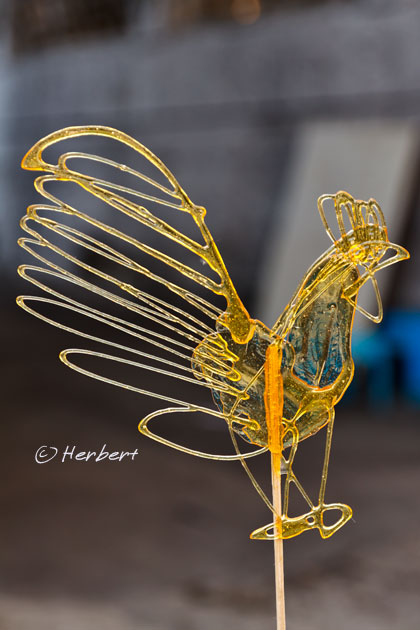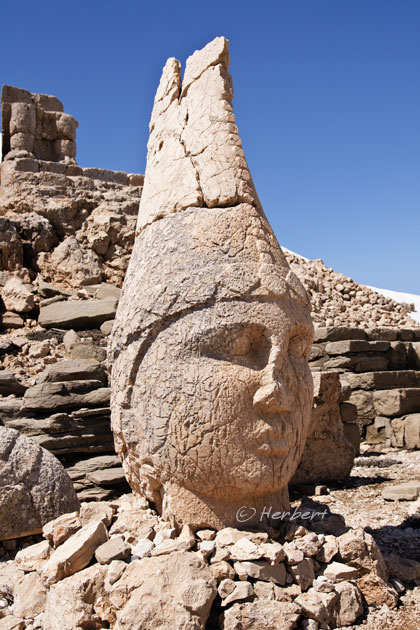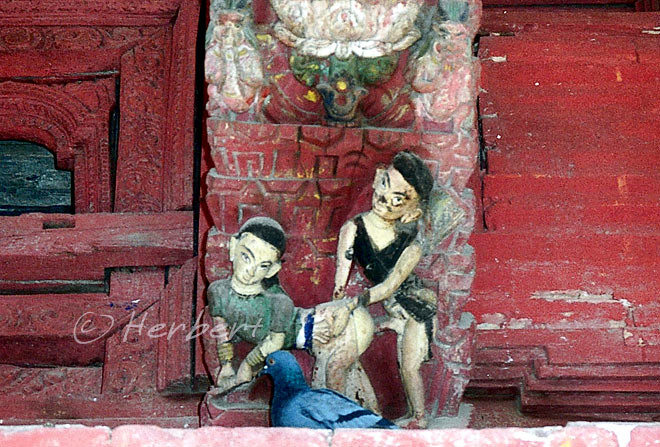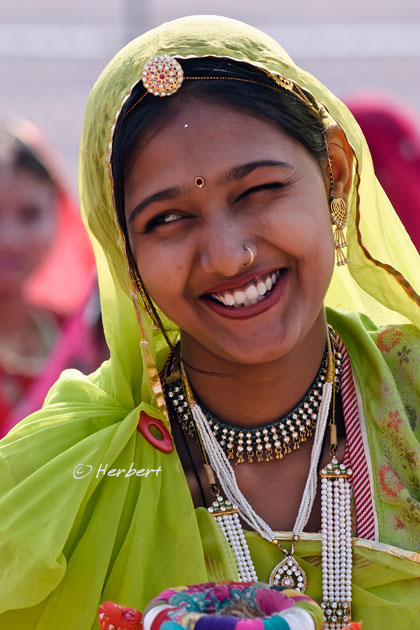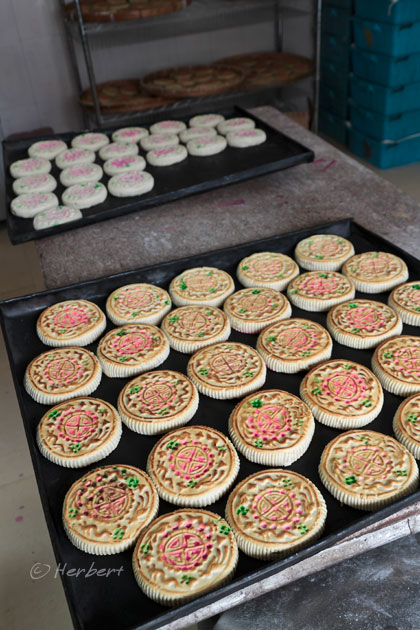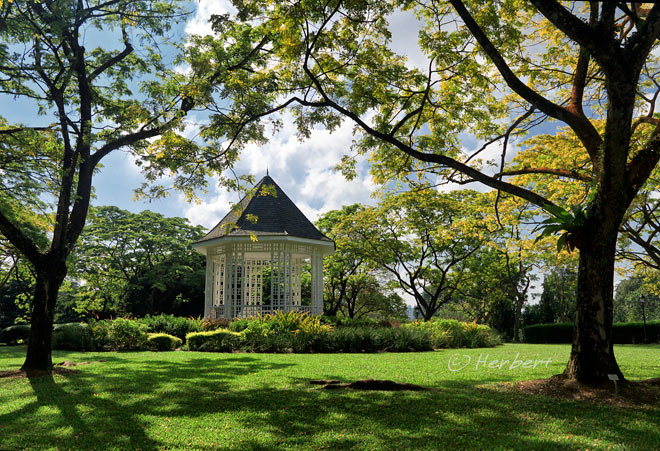
Location: Bandstand, Singapore Botanical Garden (1°19'18"N 103°48'59"E)
Date: 8 October 2011; 9.50am
Camera: Canon 400D with Sigma 17-70/f2.8-4.5
Singapore Botanical Garden is one of the main attractions of Singapore. Quite often when one lives in a place, one easily overlook the local attractions that tourists from far afield come to visit. The Botanical Gardens is just one of those- I lives in Singapore but never pay much attention or visit the place unless I have visitors. However it is apparently a favourite of tourists especially the new force-to-be-reckon-with tourists from China and India. These tourists are no doubt attracted by the immaculately maintained gardens and its vast collection of tropical trees, flowers and plants. For locals, one of the favourite spot of the Gardens is the white octagonal shaped pavilion named the Bandstand which was erected in 1930. The Bandstand used to host military band performances in the past- now it is a popular spot for newly-weds to have their photos taken with their full regalia of wedding gowns.
















